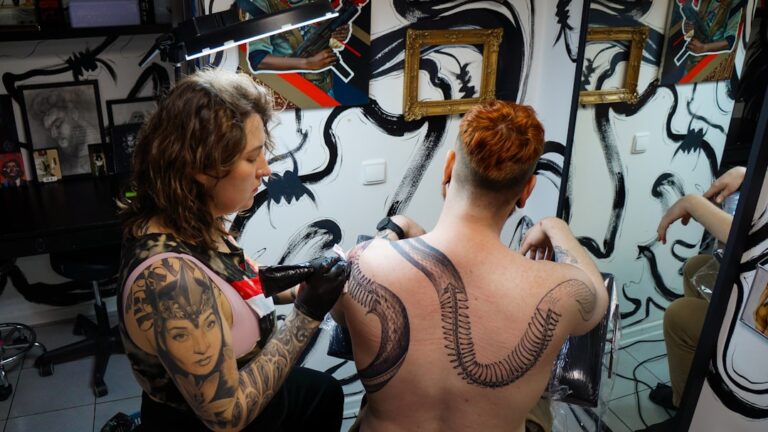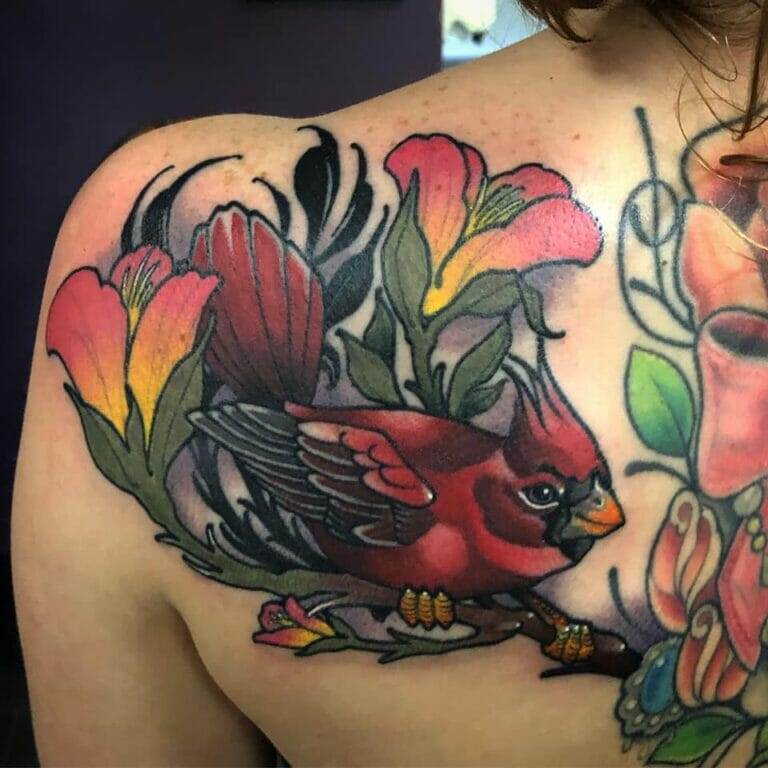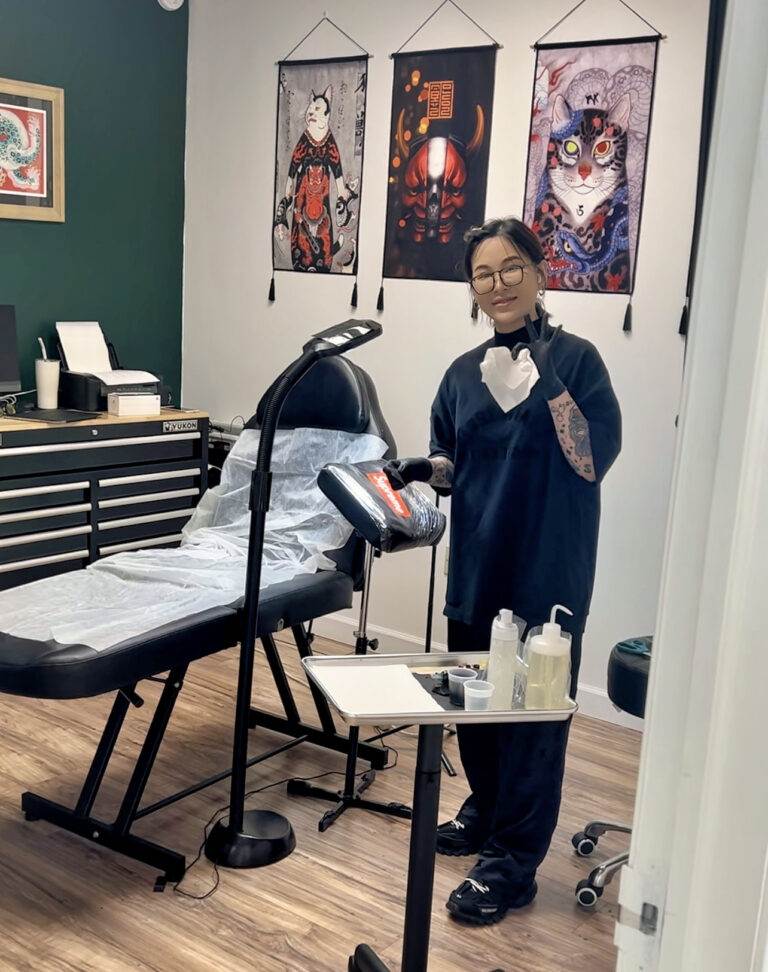Introduction
Evolution of Black and Gray Tattoos
The world of tattoos has seen significant transformations over the years, and Black and Gray tattoos have carved a unique niche in this art form. Initially rooted in cultural significance, these tattoos emerged from styles influenced by various traditions, particularly within the Chicano community, where they gained prominence as a form of self-expression and identity. Over time, Black and Gray tattoos have evolved from simple outline designs to elaborate works of art. Artists began experimenting with techniques that emphasized shading, depth, and contrast, allowing for more realistic portrayals that resonate deeply with personal stories and emotions. This evolution has made Black and Gray tattoos immensely popular among a diverse range of clients, often reflecting intricate details that capture life’s joyful moments and poignant memories alike.
Importance of Technique in Black and Gray Tattoos
The technique behind Black and Gray tattoos is crucial, serving as the foundation for the stunning visuals that define this style. A few key elements include:
- Shading: The use of various shades of black and gray creates a three-dimensional effect, bringing designs to life. The right shading technique can elevate even a simple design into a captivating piece of art.
- Line Work: Precise line work provides structure to a tattoo, defining the boundaries and enhancing overall clarity.
- Contrast: The interplay between light and dark is essential; effective use of contrast can draw attention to focal points within a tattoo, guiding the observer’s eye.
In essence, mastery of these techniques not only enriches the aesthetic value of Black and Gray tattoos but also deepens the narrative they convey, highlighting their significance in both personal expression and cultural heritage.
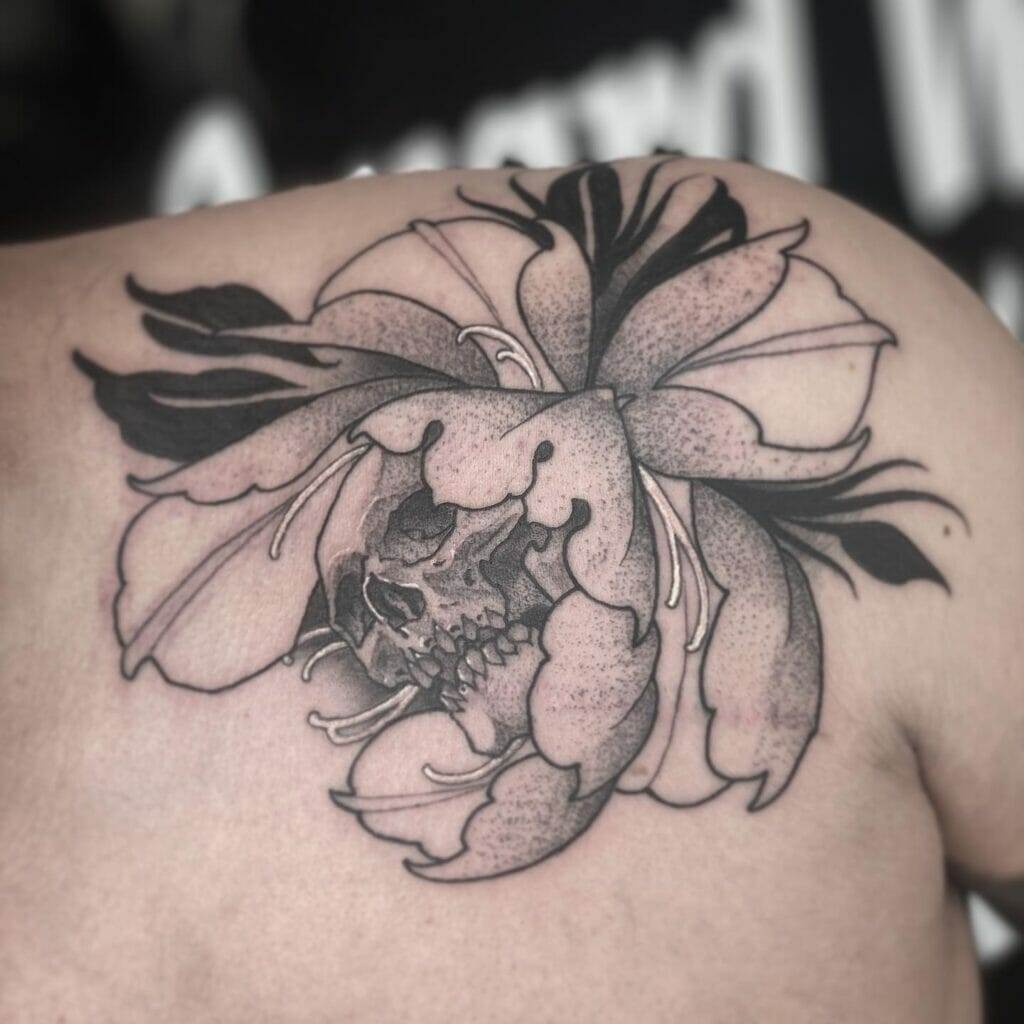
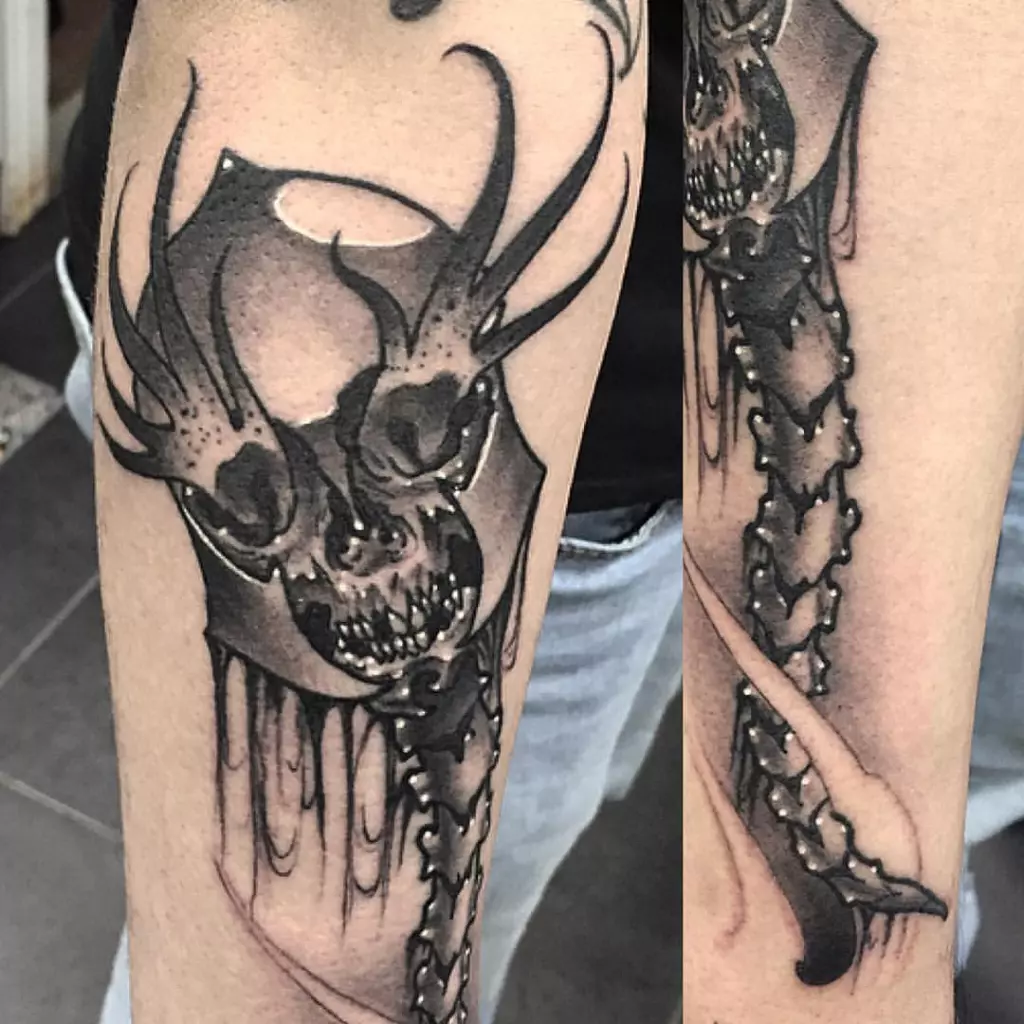
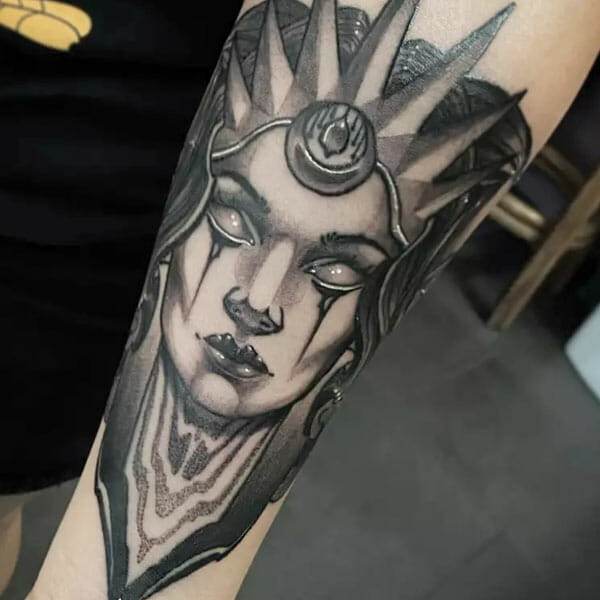
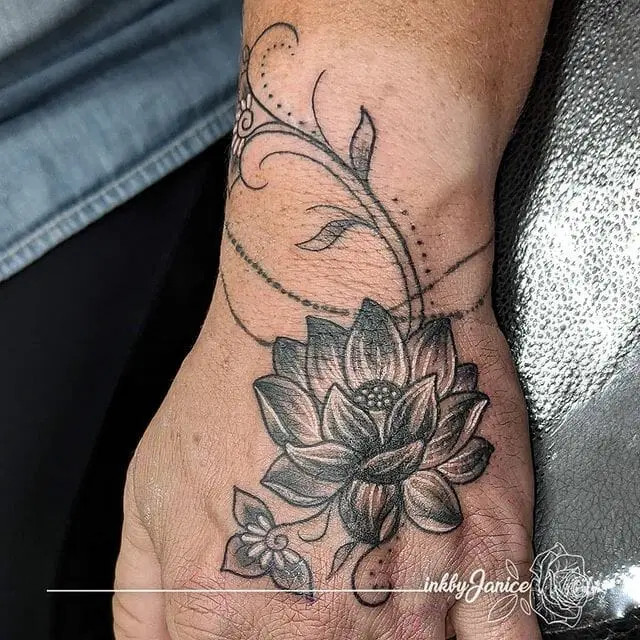
History of Black and Gray Tattoos
Origins in Chicano Culture
Black and Gray tattoos are deeply intertwined with Chicano culture, primarily emerging in the 1970s within Mexican-American communities. This artistic expression was not just about aesthetics; it represented a vibrant blend of identity, pride, and resistance against socio-political challenges. The early Chicano artists utilized the Black and Gray style to narrate stories from their own experiences, often incorporating symbols of their heritage and lifestyle. Key characteristics of this movement included:
- Symbolism: Common motifs such as roses, skulls, and religious icons were frequently used to convey spiritual significance or personal narratives.
- Cultural Identity: Tattoos became a means of reclaiming cultural identity in a society that often marginalized Mexican-Americans, allowing individuals to express who they are and their roots boldly.
- Community: These tattoos fostered a sense of belonging, weaving together individuals who shared similar backgrounds, struggles, and aspirations.
Influence of Prison Tattoos
The influence of prison tattoos on the Black and Gray style cannot be overstated. Incarcerated individuals often use tattooing as a means of self-expression within the harsh realities of prison life. These tattoos not only serve as markers of identity but also communicate messages of loyalty, survival, or personal history. The distinctive style developed in these environments emphasized:
- Resilience: Many prison tattoos tell stories of struggles faced by individuals and symbolize their strength in overcoming adversity.
- Adaptation: Artists developed techniques using limited resources, often creating intricate designs with basic tools, further showcasing their talent and creativity.
- Camaraderie: These tattoos can also represent bonds formed between inmates, serving as visual reminders of shared experiences and loyalties.
Together, the Chicano roots and prison influences helped shape the Black and Gray tattoo culture, merging artistry with profound personal meaning and cultural significance.
Techniques in Black and Gray Tattoos
Shading and Contrast
When it comes to Black and Gray tattoos, the mastery of shading and contrast is paramount. These techniques allow artists to breathe life into their designs, giving them a sense of depth and dimension. Unlike other tattoo styles that may rely on color, the beauty of Black and Gray tattoos lies in their ability to tell a story through varying shades of ink.
- Layering Techniques: Artists often employ a layering technique, gradually building up the ink to achieve the desired intensity. This method ensures that the shading appears smooth and transitions seamlessly, which is vital for creating realistic effects.
- Highlighting and Shadowing: The careful placement of highlights against deep shadows brings out the intricacies in the tattoo, guiding the viewer’s eye to key focal points. The contrast can make elements stand out, enhancing the overall impact of the design.
- Use of Skin Tone: Artists cleverly account for the natural variations in skin tone, allowing the skin itself to play a role in the tattoo’s appearance. This adds another layer of uniqueness to each piece.
Realism and Detailing
Realism is another hallmark of Black and Gray tattoos, setting it apart from other styles. The focused attention to detail transforms designs into lifelike images. Achieving realism involves various techniques, including:
- Fine Line Work: This technique defines the edges of objects, enhancing their shape and structure while allowing for intricate detailing, such as textures in fur or skin.
- Gradation: Artists create a gradient effect by subtly transitioning between different shades, crafting a three-dimensional look that draws viewers in. This technique is particularly effective in portraits or intricate designs, where subtle shadows can alter the perception of depth.
- Texture Representation: Through careful manipulation of shades and patterns, artists can replicate texture, whether the soft fur of an animal or the subtle markings on a human face.
In conclusion, the combination of shading, contrast, realism, and detailing in Black and Gray tattoos not only showcases the artists’ technical prowess but also creates meaningful pieces that resonate with clients on a personal level.
Popular Themes in Black and Gray Tattoos
Portraits and Faces
One of the most captivating and profound themes in Black and Gray tattoos is portraits. Artists can skillfully translate photographs or memories into tattoo art, allowing individuals to carry likenesses of loved ones, icons, or even themselves on their skin.
- Emotional Connection: Portrait tattoos often have deep personal significance. Many people choose to memorialize family members, friends, or pets, making every piece a tribute filled with emotion.
- Artistic Skill: Capturing the essence of a person’s features requires immense technical skill. Artists focus on minute details such as facial expressions, textures of skin, and the play of light and shadow, which can bring the portrait to life.
- Customization: Portraits can also be customized with elements that reflect the individual’s personality or hobbies, making each tattoo truly unique. For instance, adding symbols like flowers or musical notes can enhance the narrative behind the tattoo.
Nature and Wildlife
Another prevalent theme in Black and Gray tattoos is nature and wildlife. The beauty of the natural world, from majestic animals to intricate floral patterns, translates exceptionally well into this style.
- Symbolism: Nature-based tattoos often carry symbolic meanings. For instance, an owl may represent wisdom, while a rose typically symbolizes love. This layered significance gives these designs a powerful narrative.
- Realistic Depictions: The use of shading and contrast allows artists to create striking representations of animals like wolves, eagles, or tigers, utilizing precise detailing to highlight fur, feathers, and expressions.
- Harmony with Nature: Many individuals draw inspiration from their experiences in nature, creating tattoos that symbolize their connection to the environment. These tattoos can serve as reminders of adventures, serene moments, or the beauty of wildlife.
In summary, whether through the profound expression found in portraits or the captivating beauty of nature and wildlife, Black and Gray tattoos harness powerful themes that resonate deeply with those who choose to adorn their skin with these artistic forms.
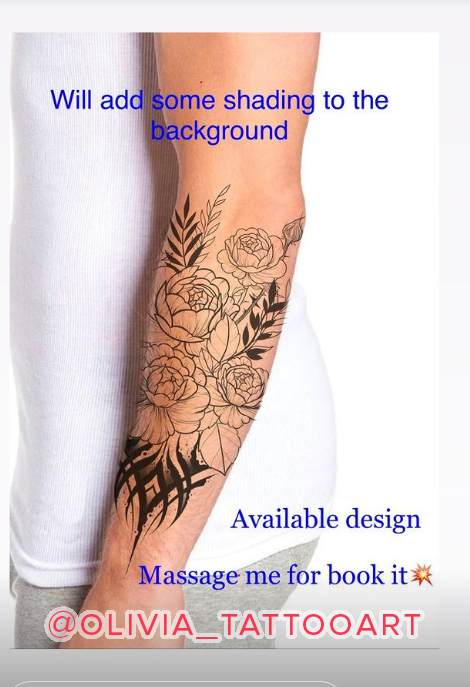
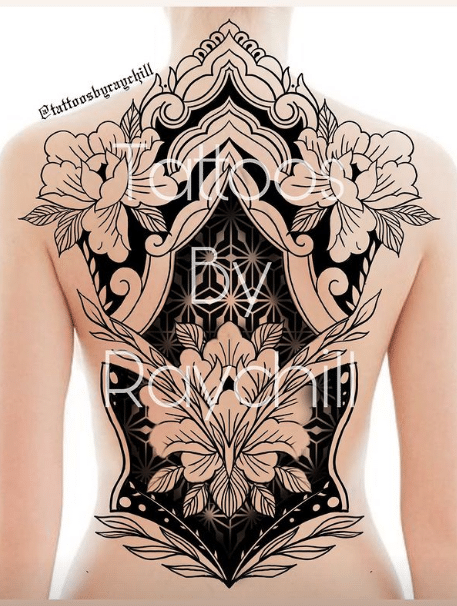
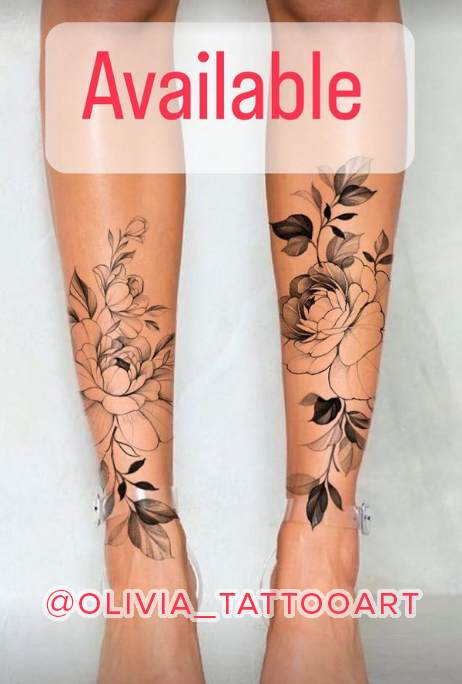
Notable Black and Gray Tattoo Artists
Bob Tyrrell
One of the most celebrated names in the world of Black and Gray tattoos is Bob Tyrrell. Known for his impressive ability to create tattoos that resonate with both detail and emotional depth, Tyrrell has established himself as a leading authority in this style. His work stands out for several reasons:
- Mastery in Realism: Bob Tyrrell’s portraits are particularly noteworthy for their lifelike quality. He expertly captures minute details, transforming skin into a canvas that tells a story through every line and shadow.
- Innovative Techniques: By pushing the boundaries of conventional techniques, Tyrrell incorporates intricate shading and remarkable attention to contrast, enhancing the overall dimensionality of his tattoos.
- Influential Presence: Beyond just tattooing, Tyrrell has contributed to the community by sharing his techniques in workshops and publications, inspiring upcoming artists to hone their own skills in Black and Gray tattooing.
Jack Rudy
Another pivotal figure in the realm of Black and Gray tattoos is Jack Rudy, whose influence spans decades. Often credited with advancing the Black and Gray style into a mainstream art form, Rudy has left an indelible mark with his creative vision.
- Pioneering Black and Gray: Rudy played a critical role in popularizing the Black and Gray tattoo style beyond its traditional roots. His ability to integrate intricate detailing into larger pieces has set a standard within the tattoo community.
- Diverse Subject Matter: From iconic religious imagery to elaborate nature scenes, Rudy’s portfolio showcases a wide range of themes. His versatility allows clients to express varied personal narratives through their tattoos.
- Legacy in Tattoo Culture: Rudy’s extensive career and contributions have helped shape modern tattoo culture, emphasizing the importance of technique and artistry in creating meaningful pieces.
In conclusion, both Bob Tyrrell and Jack Rudy exemplify the artistry inherent in Black and Gray tattoos. Their commitment to the craft and ability to innovate has inspired countless others while continuing to elevate tattooing as a respected art form.
Care and Maintenance of Black and Gray Tattoos
Proper Aftercare
Taking care of Black and Gray tattoos is crucial for maintaining their beauty and vibrancy over time. Proper aftercare not only promotes healing but also ensures that the intricacies of the artwork remain intact. Here are some essential tips for effective aftercare:
- Keep it Clean: Gently wash the tattoo with mild soap and lukewarm water. Avoid using harsh chemicals or scrubbing the area. This helps prevent infection and keeps the tattoo surface free of irritants.
- Moisturize: After cleaning, apply a thin layer of a fragrance-free healing ointment or a tattoo-specific moisturizer. This keeps the skin hydrated and supports the healing process. Remember, less is often more; a little goes a long way!
- Avoid Sun Exposure: Protect your fresh tattoo from direct sunlight. UV rays can fade the ink and damage the skin, so wearing clothing or using a gentle sunscreen is highly advisable after the initial healing period.
- Resist the Urge to Scratch: It’s normal for a tattoo to itch as it heals, but scratching can lead to scars and distortion. Instead, lightly pat the area if it feels uncomfortable.
Retouching and Touch-ups
Even with diligent care, some Black and Gray tattoos may require retouching after the initial healing phase. This is especially true for intricate designs where details can fade or lighten over time. Here are key points to consider:
- Timing is Key: Wait at least four to six weeks before embarking on a touch-up session to allow the skin to fully heal. This helps ensure that fresh ink adheres properly.
- Consult Your Artist: Discuss any concerns with your tattoo artist. They can provide guidance on whether touch-ups are necessary and can advise on how to maintain the integrity of the design.
- Invest in Quality: Just as with the initial tattooing process, ensure that retouching is done by a skilled professional familiar with Black and Gray techniques. This guarantees that your touch-up matches the original tattoo in both style and quality.
In conclusion, investing time in proper aftercare and being open to retouching ensures that your Black and Gray tattoos maintain their artistic beauty and personal significance for years to come.
Black and Gray Tattoos in Pop Culture
Celebrities with Black and Gray Tattoos
Black and Gray tattoos have gained immense popularity within pop culture, especially among celebrities who often use their bodies as canvases to make statements about identity, personal beliefs, and artistic expression. Many stars have embraced this style, showcasing their unique skinscapes that resonate with fans and tattoo enthusiasts alike.
- High-Profile Figures: From actors to musicians, various celebrities display striking Black and Gray designs. These tattoos often tell poignant stories or symbolize significant life events, making them deeply personal.
- Art as Identity: Celebrities frequently use their tattoos as a form of self-expression. For instance, a intricate portrait tattoo may represent a personal hero or a symbolic item that resonates with their journey.
- Inspiring Trends: The visibility of these tattoos on high-profile figures has inspired countless fans to embrace the style. They not only serve as fashion statements but also create a sense of community among those who appreciate the art form.
Influence on Fashion and Art Industry
Beyond celebrity influence, Black and Gray tattoos have made waves in the fashion and art industries, intertwining seamlessly with contemporary aesthetics.
- Fashion Runways: Designers have begun featuring models with Black and Gray tattoos, challenging traditional beauty standards and embracing individuality. This inclusion has cultivated a new wave of fashion where tattoos are seen not as flaws but as enhancements to personal style.
- Artistic Collaborations: Tattoo artists have begun collaborating with visual artists and fashion designers, creating unique pieces that blend different mediums while further legitimizing tattoo artistry as a respected form of creative expression.
- Cultural Shift: The rise of Black and Gray tattoos reflects a broader cultural shift towards accepting body art within various spheres, from corporate environments to art galleries. This acceptance has opened doors for tattoo artists to exhibit their work and gain recognition beyond the tattoo parlor.
In essence, Black and Gray tattoos have transcended their humble beginnings to become significant cultural symbols. Their prevalence in pop culture, echoed by celebrities and the fashion and art industries, has firmly established them as an influential art form that continues to inspire and connect individuals across various backgrounds.


